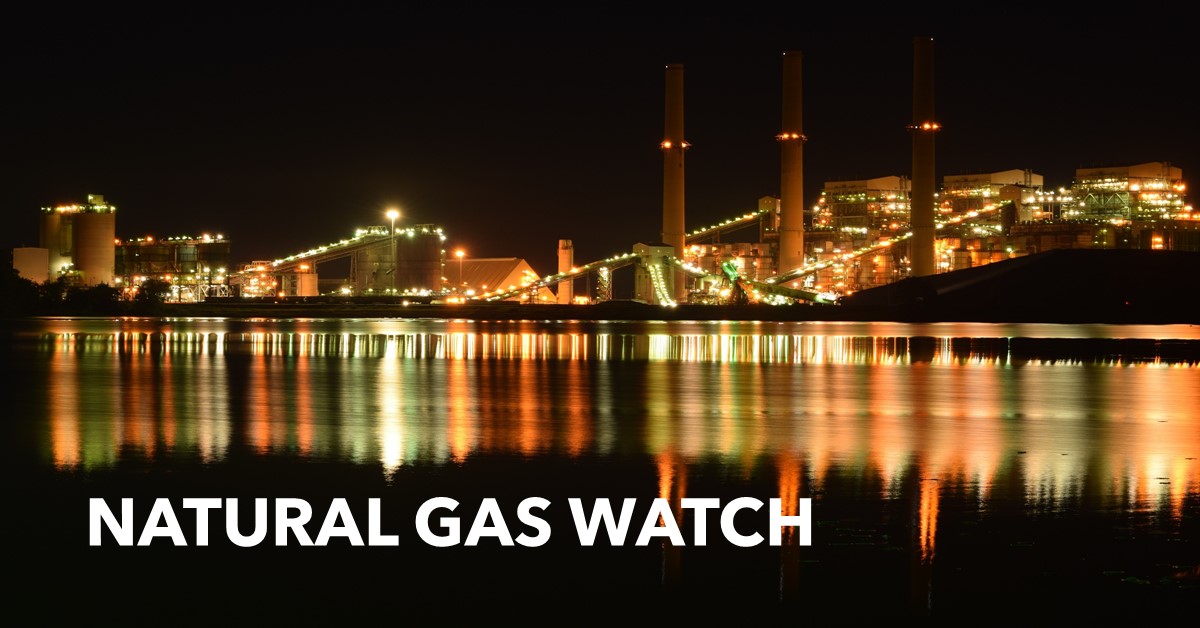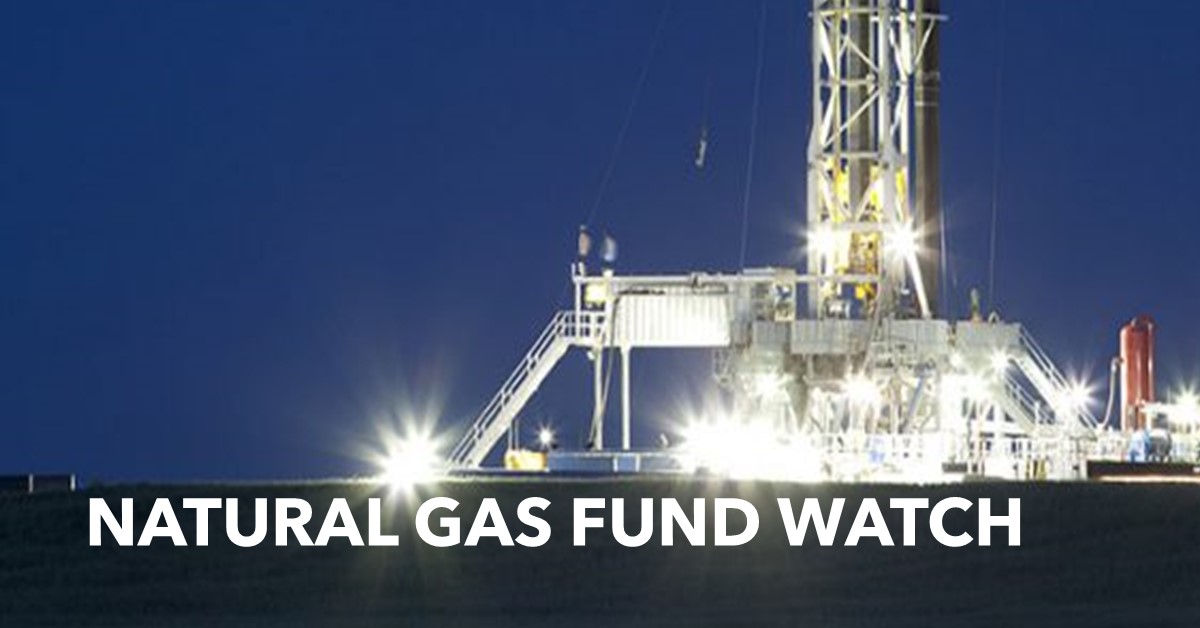Record LNG Exports Drive Domestic Demand | Natural Gas Watch Blog
In just 15 years, the U.S. has gone from a net importer of LNG to becoming the world’s largest Liquid Natural Gas (LNG) exporter in 2022. The U.S. will surpass Qatar and Australia with an estimated 14 Bcf/day in exports by the end of 2022, up from 10 Bcf/d of export capability with the completion of the first wave of export facilities in mid-2021.
LNG exports continue to be the most significant driver of U.S. natural gas demand, with LNG feed gas demand peaking in December at 12.4 Bcf/d in 2021, compared to the 5.7 Bcf/d average in 2019.
As noted in ESAI Power’s Q3 2021 Energy Watch, global demand for LNG continues to outpace other energy commodities as many European countries seek to drastically lower their carbon footprint, thus needing to reduce their dependence on coal and nuclear in their generation portfolios.
The countries that shifted heavily to replace carbon intense fuels with renewables, such as wind and solar, were caught in the Perfect Storm in 2021 as the following factors impacted energy supplies:
- Offshore wind expectations fell extremely short of projections.
- Post-Covid demand recovery surged past expectations.
- Operators were complacent to previous years’ abundant natural gas supplies and did not fill storage caverns, leaving them 40% behind 2020 inventories.
- Surging appetite for natural gas supplies from China redirected Russian supplies before winter arrived.
- Carbon prices increased 400% to just short of 100 Euros/tonne.
If only a few of these issues happened at once, Europe would not have been caught so short on energy supplies. Add in the fact that bullish winter weather forecasts were largely ignored, as shown by the inaction of operators towards getting storage caverns filled in a timely manner, and you have the Perfect Storm.
Global LNG prices smashed records by over 300%, returning us to record U.S. LNG exports. Margins to global pricing hubs reached in excess of $40/MMBtu. To put that in perspective, a spot Panamax cargo leaving the U.S. Gulf Coast could fetch $150 million dollars in gains. With margins this high, all engineering efforts have been made at U.S. LNG facilities to maximize production and exports. As a result, most production facilities are estimated to be running above nameplate capacity by as much as 8-10 percent.
Learn About Natural Gas Watch
Natural Gas WatchTM – ESAI provides basis forecasts for most Northeast delivered gas pricing points including Tetco M3, Transco Zone 6 New York, and Algonquin City Gate. ESAI tracks pipeline and gas infrastructure projects and analyzes changes in pipeline system constraints that can impact regional basis spreads.
Learn About Natural Gas Fund Watch
Natural Gas Fund WatchTM – A one-week outlook and analysis of key near-term factors in the natural gas market. This includes a fundamental overview, a technical trend analysis, and a comprehensive look at the commodity fund (Wall Street traders) positions on the NYMEX exchange. Each of these factors is weighted to provide the client with a near-term bullish/bearish forecast of market price direction.





